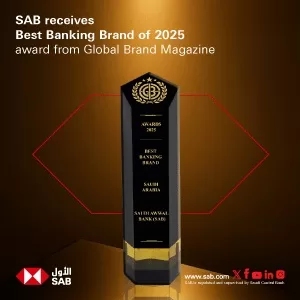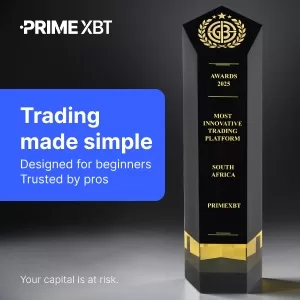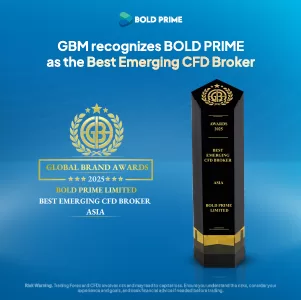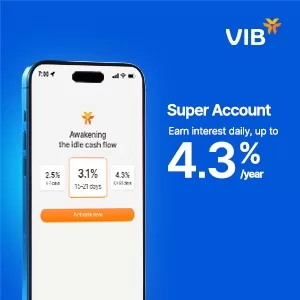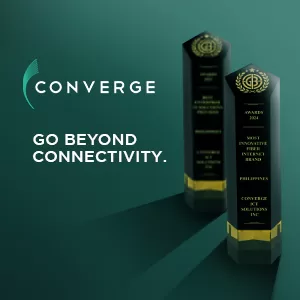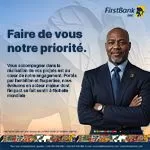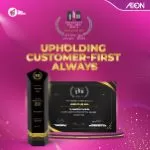How to Build Brand Success: Secrets of a Marketing Guru
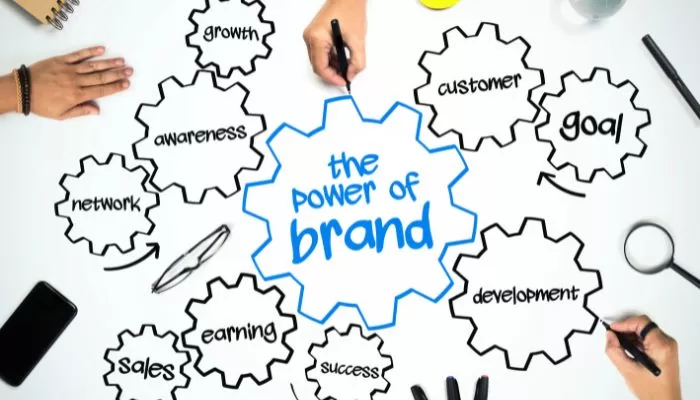
Purchasing decisions are often irrational, and market surveys are not enough, explains Martin Lindstrom: it takes neuromarketing to study one’s target-customers very closely, right down to understanding the effects of advertising messages on their minds. To discover, for example, that you need to “disintegrate” the logo into images, sounds, colors and shapes. Or that a mineral water, to be successful in China, must taste like grass. This is how to create a successful brand.
Journey into the mind of the consumer
Why does a consumer buy a certain product or service? The ability to answer this question determines the success or failure of huge investments. The discipline that studies consumer decision-making mechanisms is called Neuromarketing, and Denmark’s Martin Lindstrom is one of the world’s leading experts on the subject. In November 2013, at the World Business Forum in Milan, Lindstrom gave the lecture “Why we buy today: inside the consumer’s mind,” a summary of which is given here.
How many of you while overthinking find yourself tapping your knuckles on wood or metal? Or, upon entering a public restroom, do they avoid the first cubicle, choosing the second or third? These are just some of the many irrational things we do unconsciously every day. Neurological studies indicate that 85 percent of daily decisions are unconscious, and purchasing decisions are no exception. But we think we are absolutely rational consumers-that’s why market research, even the most scientific and rigorous, sometimes doesn’t work.
One example is the Segway, the revolutionary “smart scooter,” launched more than a decade ago after a rigorous feasibility study with targeted market surveys, focus groups, and so on, which generated high expectations. Manufacturers expected to sell 2.9 million units in the first six years. Instead, they delivered 30,000.
This launch was studied in great detail, everything was done as the manuals say, I’m sure even in the focus groups they asked the right questions to the right people. Yet there is something else, which leads the consumer to decree the success or failure of products and brands in an irrational, unconscious way. This is why the market survey is not enough: people sometimes answer one thing, and then do another. And often this inconsistency is not intentional. The only way to understand more is to interact with the consumer: talk to them, literally live with them for a few days, study the smallest details in the environment in which they act.
Each brand has two target groups
This mechanism needs to be exploited in Marketing, but how? Big brands have millions of customers, but the primary target audience is much narrower: for McDonald’s it is families, not teenagers. For Apple it’s the designers, the creative people. For Facebook it’s students, for Online-Gambling.io it’s gamblers, and for Nike it’s athletes.
The fact is that it is wrong to target everyone. The primary message should be aimed at a very specific, targeted group, called the “aspirational group,” which is able to influence a much larger group (“target group”), which is the one that generates the sales volume. The narrower and more well-defined the aspirational group, the greater the number of people who will buy the product, i.e., its success: this is one of the paradoxes of Marketing.
Consequently, two separate campaigns must be conducted, with different timing, first targeting the members of the “aspirational” group, which I call “magnets,” and then, after a few months, the second group, the “takers.” Time must be given to the “magnets” to learn about the product or service, and to spread their opinions to the “takers” through various channels, among which social networks are becoming crucial.
And now let’s talk about behaviors related to another area of the brain, the “nucleus accumbens,” also known as the “craving spot.” I did an experiment on a number of smokers, and I noticed that their reaction is negative when faced with cigarette manufacturers’ logos, but there are “indirect” symbols that stimulate their nucleus accumbens by enticing them to smoke when their “guard is down.” Which ones? In Formula 1, cigarette manufacturers are not allowed to display their logos, but they have come up with other subtle ways — juxtapositions of colors, characters, objects (the cowboy for Marlboro, the off-roader for Camel, and so on), or even seemingly useless barcodes on race cars — to generate subliminal messages and stimulate the urge to smoke.
I call this mechanism “smash the brand”: you go beyond the logo, evoking a brand in the consumer through an ecosystem of symbols, icons, sounds, images, colors, shapes, i.e., “smashables.” I can show you a one-and-a-half minute video in which Coca Cola is never named or its logo is never seen, but dozens of “smashables” will make you want to drink a Coke: the shape of their iconic glass bottle, the white wave on a red background, even the sound of the can being uncorked and the drink being poured into the glass.
Why Apple earbuds are white
What about Apple? Think about earbuds: earbuds have always been black, but Apple made them white. Today if you sport white earbuds it means you are an Apple user: you have an iPhone, iPod or iPad in your pocket, even if you can’t see it. In short, the success of a brand is also measured by the number of symbols that unconsciously make us think of it, and brands try to show us more and more of these symbols, at all times and circumstances.
It is a mechanism also linked to the daily use of devices such as computers and smartphones, which is changing the physiology of human beings, pushing them toward multitasking: according to recent research, the average consumer can handle 1.3 communication channels at the same time, but for the latest generations the average rises to 1.4. I call today’s kids the “instant gratification generation”: they need constant stimulation, and FMCG giants are taking advantage of this by implementing “24/7 branding.”
A formidable lever: nostalgia
Not only is “bombardment” continuous, but also monitoring. There is a need to understand the consumer more and more deeply, and the strings to be struck to influence them. An effective way to trigger the gratification mechanism for example is nostalgia, “rosy memories.” We know that humans “select” only positive memories of past experiences, and if you can reproduce the conditions, the effect is disruptive, because you relive all the emotions of that time. This is why we all have favorite movies that we rewatch dozens of times.
Let me give you an example of how this can affect Marketing strategies. A few years ago I was called by Danone: their brand Evian (mineral water) was doing well all over the world except in China. I did a lot of interviews, people would reply, “Evian water tastes like water.” What does that mean? Twenty years before, China was essentially a rural country, people lived in the countryside, drew water from the well, filtered it and drank it. The problem was that Evian water was too filtered: it couldn’t activate the memory of the good times of rural life. So Danone found a spring in China that leaves a subtle aftertaste of grass and earth even after filtering, and greatly increased sales, becoming the third largest player in the market.
Vodka brings ethics and Marketing together
I hope I have given you an idea of how things are going in Marketing today. But the picture is not yet complete. In fact, I believe that the issue of fairness and ethics in this field is now at the forefront, and that global brands must give themselves guidelines for behavior. Some of the techniques I have recounted border on fairness to the consumer, and the “firepower” of multinational corporations is immense. But the Internet and social networks are currently a very powerful sounding board: a “wikileaks” dedicated to the improprieties of big brands can be born, and already the outrage conveyed by Twitter and Facebook is capable of heavily affecting the image of even a global company.
Marketing and ethics therefore can coexist, as this latest case shows. A couple of years ago I was called to Russia by a government company that set me two conflicting goals: to create a new brand of vodka, and to help reduce alcohol consumption in the country. The first problem was that there are three thousand brands of vodka in Russia. How to successfully bring out another one? I started doing interviews, even went to Siberia, heard from people of all ages. I learned that Russians drink vodka in groups, with a ritual in which everyone drains the entire glass at once. But in reality many people hate vodka, mainly because the average quality is low, and 50 ml drunk all at once burns so much. Another thing I learned from the interviews is that among the people most admired by the Russians are the Finns.
So there was a need to “brand” a new way of drinking vodka: to get people to accept the idea of drinking in small sips, and then less. So we thought of launching a new Finnish brand (actually the liquor is produced in Russia and bottled in Finland), with an advertisement showing that in Finland it is “manly” to drink vodka in small glasses, and in sips. The result? The new brand is now the third in the Russian vodka market, but what I am most proud of is that in the past two years the percentage of Russian men who sip alcohol has risen from 0.7 percent to 17 percent. We are helping to change the way people drink, in a country where alcoholism is a social scourge, and one of the leading causes of death.
I will leave you with a quote from Benjamin Franklin, which effectively sums up everything I have said, “If you tell me a thing, I will forget it. If you show it to me, I may remember it. If you involve me, I will understand it.” In short, the more you study the consumer, engage them, listen to the signals they send, the more they will appreciate your brand and remain loyal to it over time.








